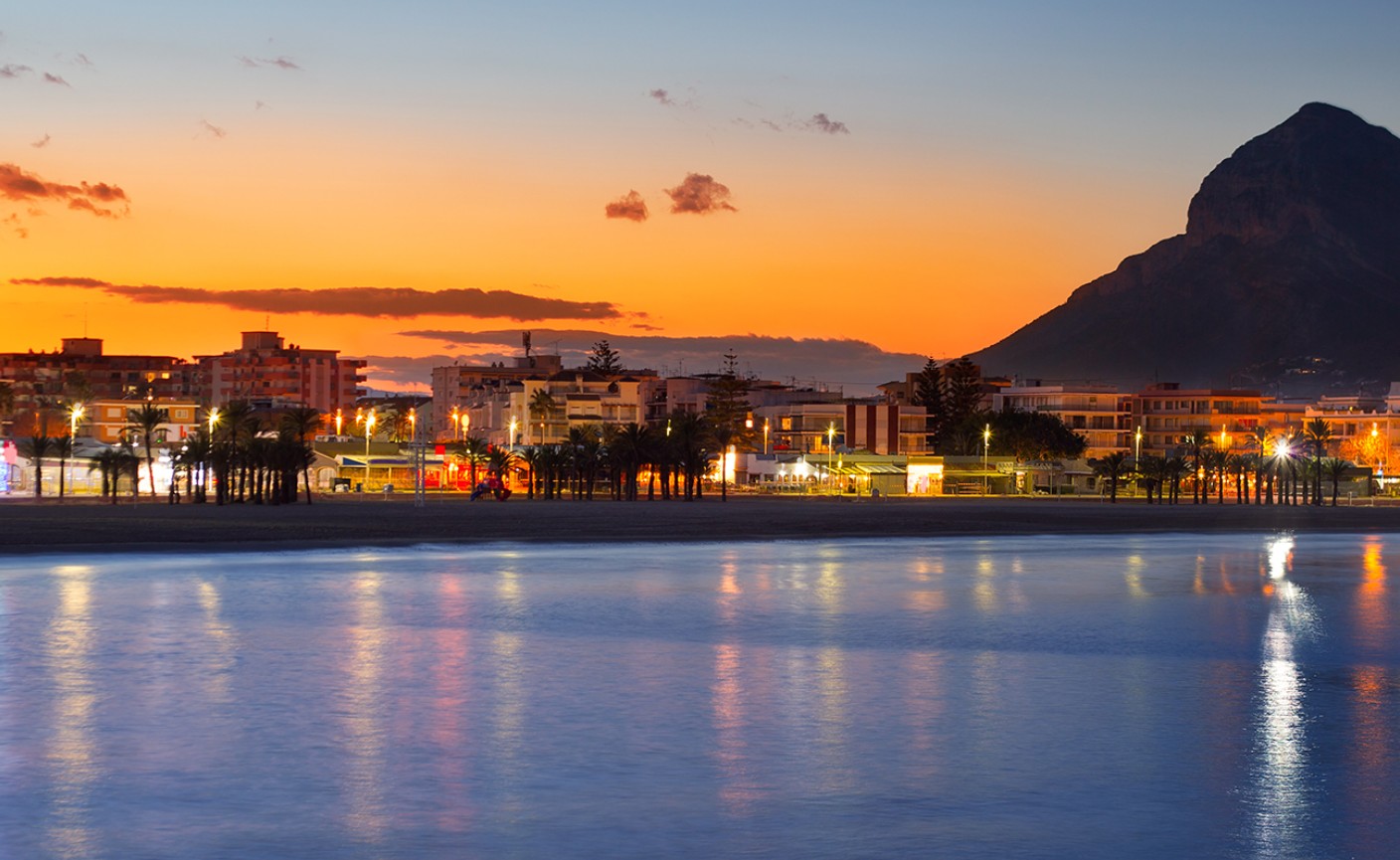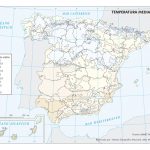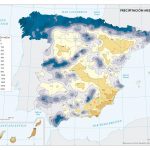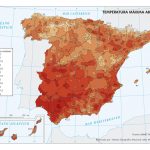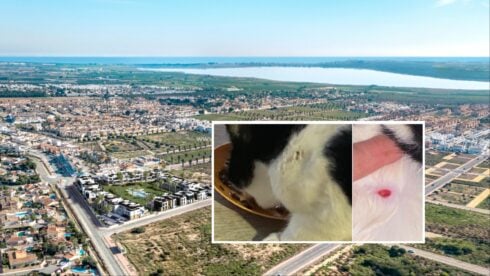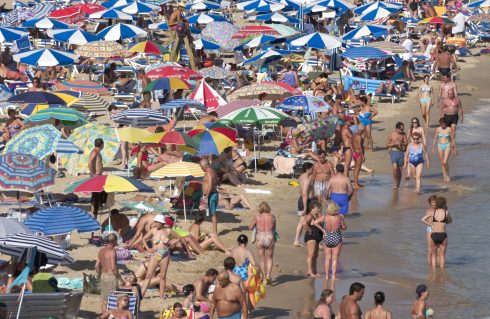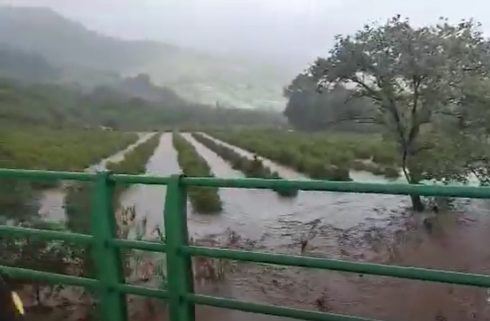IF you’ve ever browsed Javea’s official tourism website you might have come across an interesting fact.
“The climate in Javea is considered the second-best microclimate in the world,” it reads.
But is it actually true?
Many websites promoting houses or holidays in Javea parrot the claim, some saying it was from a study in the 1990s or from the World Health Organisation and that it was second only to Rio de Janeiro.
Being a health organisation, however, means the WHO has a little more than zero information on microclimates.
The World Meteorological Organisation might be a more likely source – and they do have a weather monitor in Javea – but again, there’s nothing saying Javea is a world benchmark.
Images: Atlas Nacional de España.
So what do we know about Javea’s climate?
According to the Atlas Nacional de España (ANE) Javea is one of few areas in Spain enjoying a median annual temperature between 20-22.5°C.
This makes Javea one of the northernmost points in Spain enjoying such high temperatures, seen all along the Costa del Sol and much of southern Andalucia.
But it’s a different map from the ANE that shows Javea’s climate specialities.
Whereas other parts of southern Spain and Valencia can see scorching temperatures above 45°C Javea’s maximum temperatures never go above the high 30s.
This is wholly thanks to the majestic Montgo mountain.
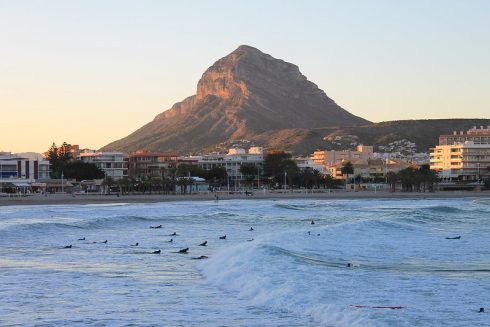
This 753m massif protects Javea from cold Arctic winds from the north in winter, and makes Javea jut out into the Mediterranean enough to get cooling breezes in the summer.
But aside from the heat, it’s worth remembering that the Costa Blanca is one of the driest parts of Spain.
Rainfall is Alicante and Elche cities can be as low as 200mm annually – Javea on the other hand enjoys well over 800mm.
According to xabia.org Javea stands out for its intense greenery and abundant water, for which the Moors called the region ‘xabiga’ or ‘well’.
In fact, the subterranean Rio de Moraig that has its origin in the nearby Cova de las Calaveras runs beneath the town as one of Europe’s most unique underground rivers.
While the world’s second best climate might be a matter of personal taste, at least xabia.org have strong evidence to make such a claim.
READ MORE:
- ANALYSIS: Spain’s Costa Blanca now has a ‘tropical climate’ thanks to global warming
- WHEN CHANGE IS NOT GOOD: UN report highlights climate change threat faced by Spain’s Valencia region
- EXPLAINER: On second anniversary of killer floods on Spain’s Costa Blanca, we explain the gota fria
Click here to read more News from The Olive Press.

